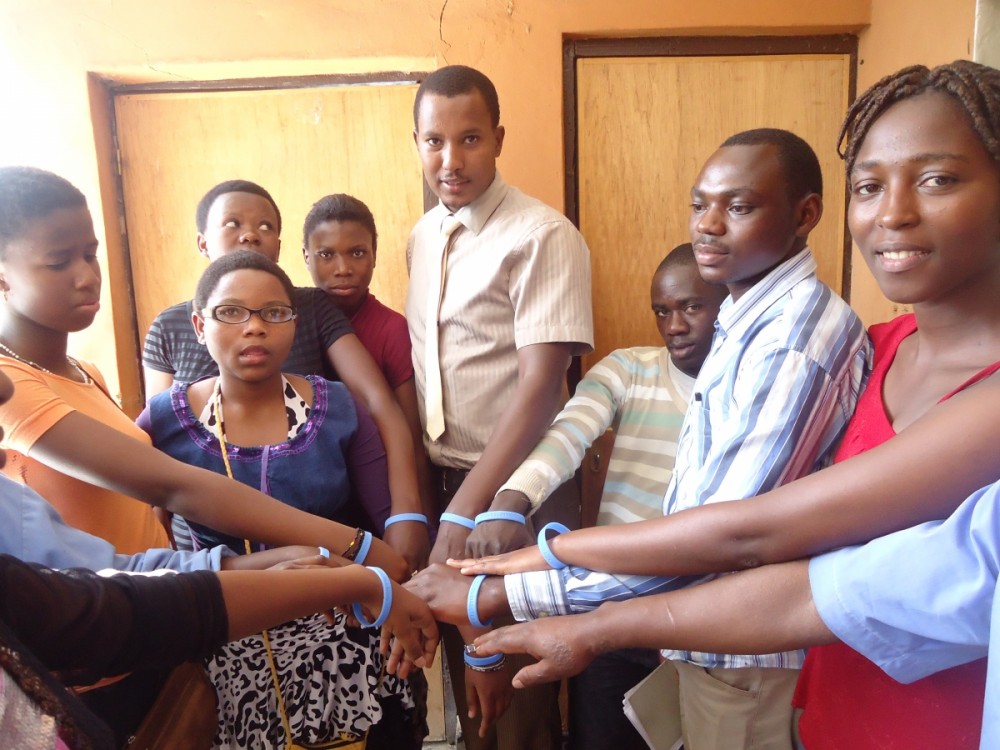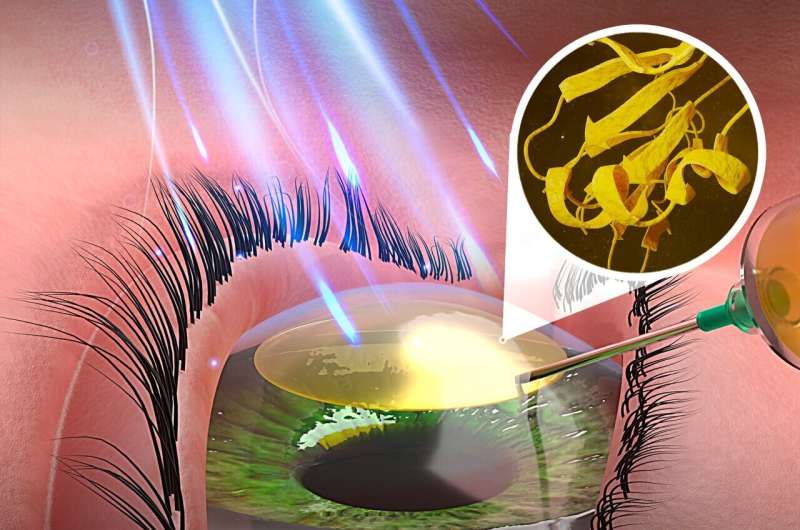For decades, even centuries, much of the developing world has had to deal with more than its share of poverty and a low quality of life. When doctors were available to help those in need, for example, it was more often predominantly focused on curative medicine rather than preventative strategies.
But today is vastly different, as IndustryTap has reported: new, cheap medical devices, such as a cardboard microscope, are flooding the developing world and empowering locals to improve the lives of their fellow citizens. In addition, increased used of naturally occurring biomaterials to treat diseases is improving lives dramatically.
Wireless Networking & the Global Internet Economy
While those in the developing world don’t yet have all the innovations and conveniences of those in the developed world, the technologies already adopted are highly appreciated and transform lives quickly. Smartphones are connecting people to the wider world, but there are still over 4 billion humans who have never experienced the internet.
Perhaps the most hopeful development is the use of mobile devices for educational and social purposes. Education is being transformed in the developing world, setting the stage for participation in global business in yeas to come. Improving social communication is helping citizens weave a stronger and more dependable social structure that citizens feel connected to and will eventually vigorously defend.
What’s more, as communities grow and individuality blossoms, gender equality has a chance to grow, improving family planning.
Food Technology and the Developing World
Another key area is seeing the developing world obtain technology for increasing crop yields so citizens won’t go hungry. With stable food supplies, health and energy for participation in wider society increases, fostering healthier people and families as disease is reduced.
The Dynamics of Demographics: Young World is Rising
Most of the developing world is populated by the young; the Millennial Generation consists of 4.1 billion people. The young have the most to gain from new technology and globalization if the global community can meet the challenges of the 21st century. One such challenge is illustrated in the featured image above of a group of children attending a diabetes camp. If the young are to benefit, they must be educated to understand, use, and create beneficial technologies.
Helping Governments Lead
Finally, increased inflow of technology over time leads to transformations in the quality and type of services governments can provide to citizens. Today, in many developing countries, governments are becoming more responsive and laying the foundations for information societies that are critical to long-term economic success and political stability.







